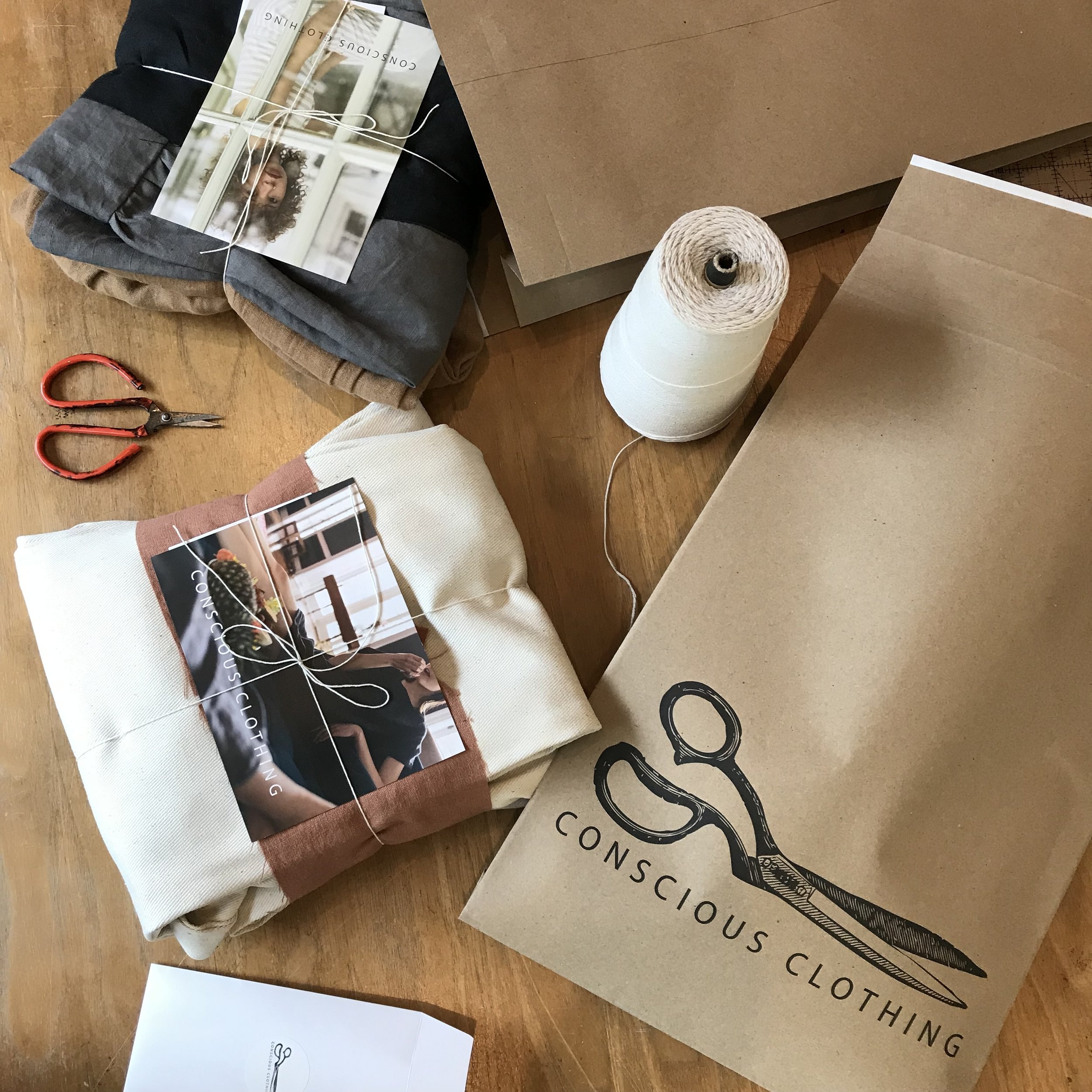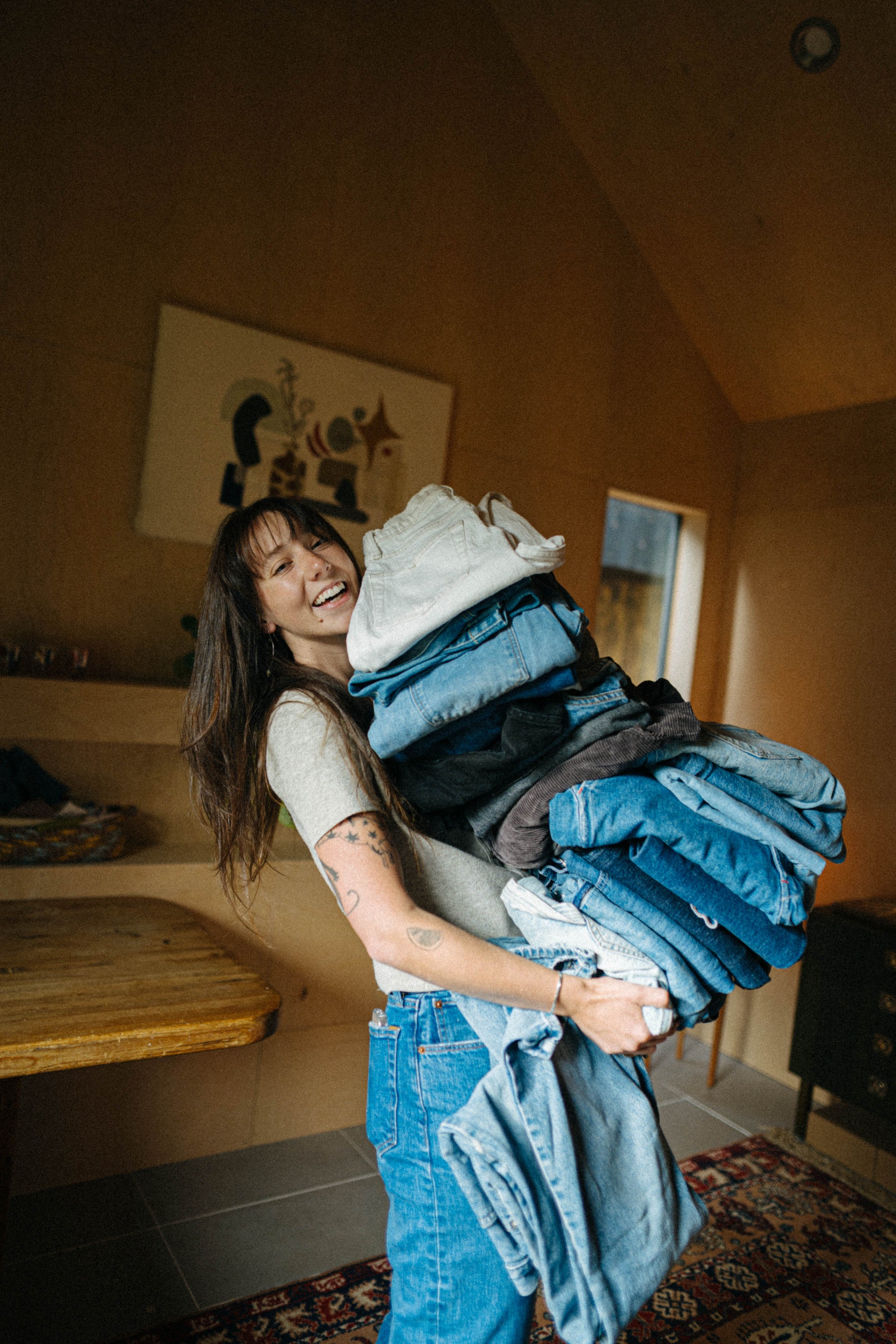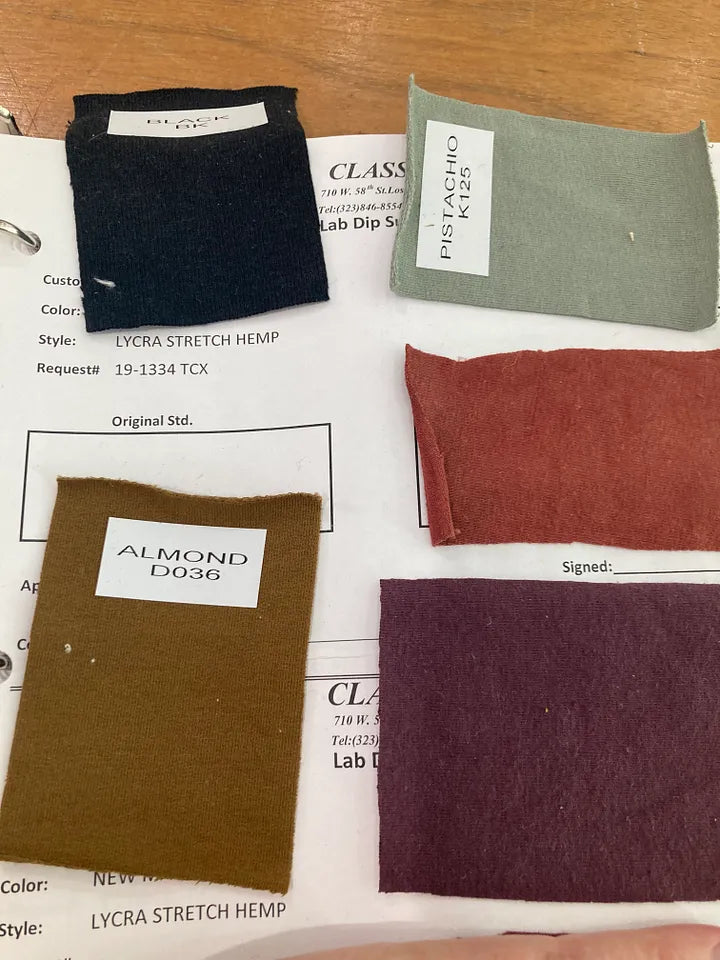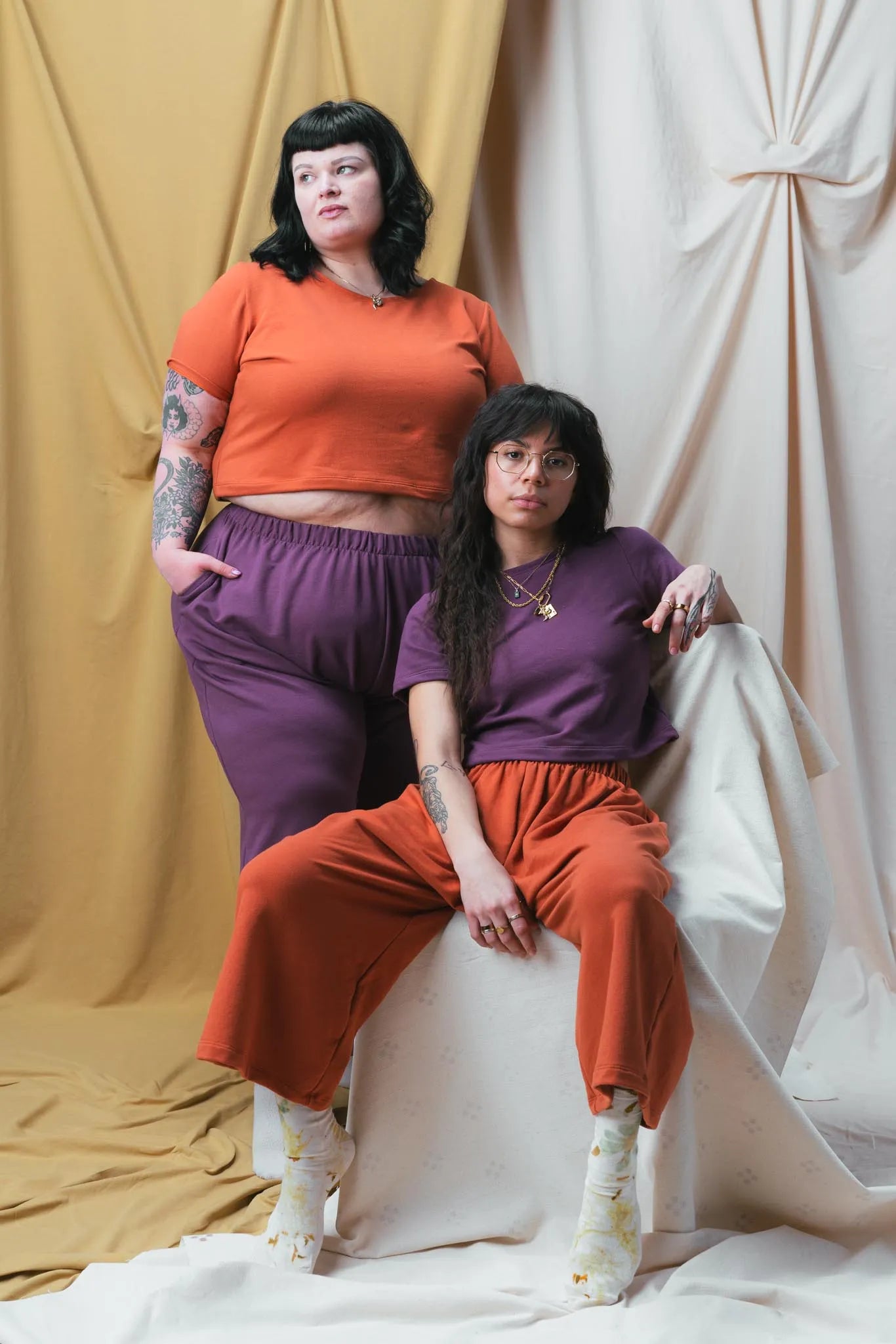by Joshua Newman
Plastic is one of our favorite materials. Since its inception, we’ve tried making almost everything we have out of it. We’ve used plastic to make houses, cars, clothes, furniture, and even jewelry. Plastic has proven to be an extremely useful material for a number of reasons. First, it’s cheap to produce. Second, it can be molded into almost any shape or structure. It can be extruded into fiber, or molded into an object. Plastic can be used as an insulator and is also good for waterproofing. Plastics can be developed for a range of strength and durability. It sounds like plastic would be an ideal material for everything, but there’s a major issue facing its use.
Due in large part to it’s cheap production costs, plastic is used rather carelessly for any number of products we need A LOT of. Things like straws and containers are a huge consideration in the problem facing plastic use because the material is far more durable than the lifetime of the products it composes. The convenience and cheap costs of polymers have overshadowed the logic and reason behind manufacture and considerations like service life vs product life aren’t taken into consideration because it’s more expensive to make products that are biodegradable.
What truly counts as cost? Is it just money? Is loss of biodiversity a cost? What about the water that can no longer be drunk? Does the air quality count as a cost when it’s no longer breathable? The immediate cost to you as consumer is money, of course, but an informed, conscious consumer is aware of the other costs that wasteful behavior affords us.
Beyond the issue of plastic objects left behind after use, there is another category of plastic pollution that’s gaining traction_ microplastics. Microplastic is a rather new term that began to gain attention after the use of plastic microbeads in many face and body washes. The beads were added for exfoliation, but a problem was brought into view when it was realized that the beads would not be caught by filtration systems and washed into the ocean. With World Oceans Day on June 8 of very year, there’s not a better time to pull everyone’s attention to such an important environmental issue.
"an informed, conscious consumer is aware of the other costs that wasteful behavior affords us"
In the textile and apparel industry, we face a different microplastic issue stemming from the fibers of garments themselves. It is well known that fibers and fabrics degrade over time, and everyone has experienced some kind of lint during their washing responsibilities. However, lint never presented much of an issue because as far as we’re concerned, the fabric is breaking down and the lint will continue to do so and go away.
In part this is true, but only for natural fibers that decompose. In the case of man-made fibers like nylon and polyester, the lint is produced by small pieces of fiber that are broken off from the larger strand. This can occur simply out of use and maintenance (washing) of the garment as fibers are weakened. These synthetic fibers are ultimately the material we modern Earth-dwellers have come to use in everything_ plastic.
"The plastic straws your grandparents used at the soda fountain are likely floating somewhere in the ocean, under the sand, or have been consumed by sea life"
These tiny little plastic fibers are not capable of the natural process of decomposition and continue to exist, even though they may break further into smaller pieces of fiber, they will still take as long as say, a water bottle, to completely degrade naturally. This process takes 500-1000 years. That’s not a typo. The plastic straws your grandparents used at the soda fountain are likely floating somewhere in the ocean, under the sand, or have been consumed by sea life.
In the case of microfibers, however, the pieces of plastic are so small that they’re accidentally ingested and inhaled by sea creatures, often ending up in seafood products we serve back to humans. The plastic pollution isn’t just bad for the environment and the animals, it’s bad for us too, and it’s making its way back to our plates.
Even though most plastics can be recycled, the way they’re produced and made into a product can heavily impact their ability to be recycled. In the fashion industry, we make it nearly impossible to recycle synthetic fibers because of the way we mix different fibers together. Cotton and polyester are an excellent example of this practice because almost all t-shirts, socks, and underwear are some kind of polyblend. This practice allows garments to have the soft, luscious feel of cotton with the strength and cost-effectiveness of polyester.
In effect, it’s like using polyester as an adulterant to “water down” the cotton and to make the garment cheaper to produce. However, because of the way the fibers are mixed, we haven’t yet come up with a viable solution for separating them into two separate recyclable materials. Often times, this results in garments ending up in landfills. This is hardly a solution to the problem, of course, because the polyester in the clothing can’t break down naturally in the soil and will remain in place for millennia.
At Conscious Clothing, we’re dedicated to relying almost exclusively on natural fibers. In fact, only our yoga line contains synthetic fiber and at a measly 4% of fiber content. 96% of our yoga line, and 100% of the rest of our clothing can be broken down by natural processes and returned to a raw state for reintegration into the soil.
"The most important way to reduce your impact is to watch what plastic you bring into your household and where it goes"
In addition to your conscious apparel choices, there are a number of things you can do to help reduce plastic’s impact on the ocean and it doesn’t stop with ditching plastic straws and washing synthetic fabrics less. Organizations like 4Ocean, Surfrider Foundation, 5 Gyres, and Oceana can be supported through volunteering and donations. 4Oceans even sells beaded bracelet made from plastic taken out of the ocean.
The most important way to reduce your impact is to watch what plastic you bring into your household and where it goes. Maybe you can buy a product that’s packaged in paper, or ditch plastic water bottles for one that refills. Grow a collection of adorable totes that you can take to the grocery store to avoid plastic grocery bags. The current era is one of transition, and while change is never easy, it’s trendsetters like you who show those around you just how simple (and glamorous) it is to be green.
Sources:
https://4ocean.com/products
https://www.surfrider.org
https://www.5gyres.org
https://oceana.org











